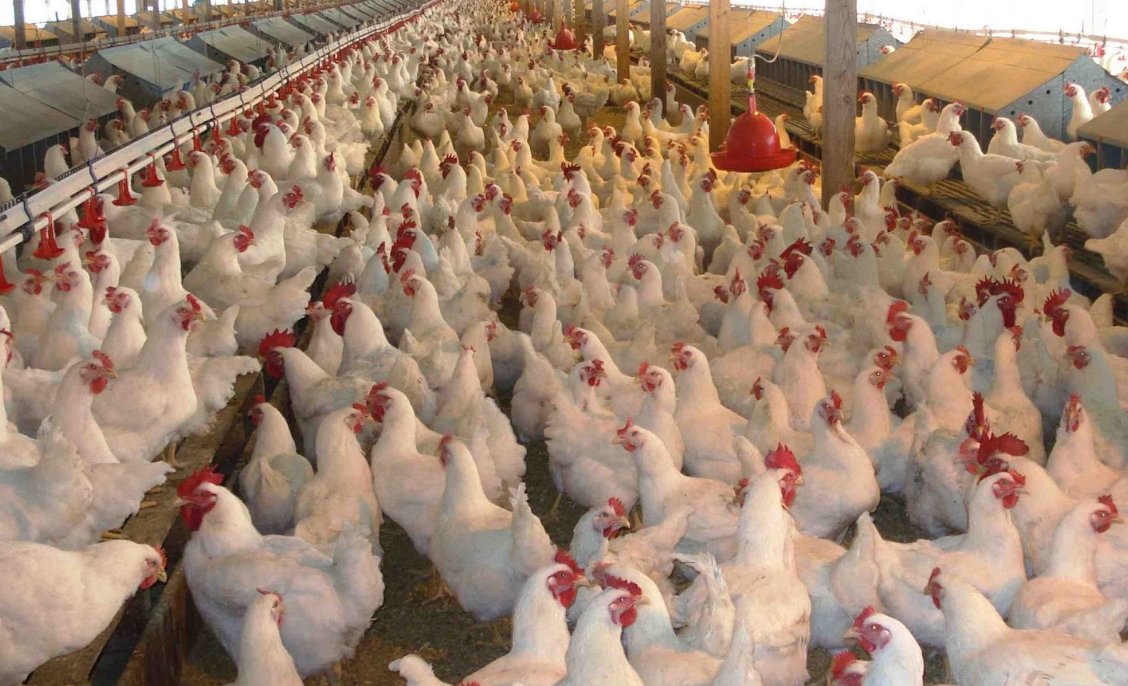Effect of Led Chicken House Lighting on Poultry Farm

Directory:
1. Light Sources
2. Light Color
3. Photoperiod
4. Illuminance
Poultry possess a highly developed visual system, and exposure to light can enhance their growth rate. Various factors influence light sources, including the light cycle, color, and type of source. Alterations in these factors can impact the health and growth of poultry, necessitating a detailed analysis to optimize production performance.
1. Light Sources
Artificial lighting primarily consists of incandescent and fluorescent lamps. In experiments, incandescent lamps and warm white mini fluorescent lamps served as control groups. Results indicated that neither type adversely affected poultry production or health, although warm white mini fluorescent lamps outperformed incandescent ones. Further research revealed that halogen lamps surpassed both incandescent and fluorescent lamps in effectiveness. Currently, with the ongoing advancement of LED technology, researchers are increasingly incorporating LED lamps into experiments to evaluate their performance.
2. Light Color
Poultry can detect light across various wavelengths, which significantly influences their growth. For instance, light can affect the peristalsis of their small intestine, which is crucial for food digestion and energy absorption. A properly functioning small intestine enables poultry to eat more efficiently and grow healthily. Satellite cells play a role in repairing damage and aiding recovery from injuries. Research indicates that different light colors impact these satellite cells differently; for example, LED green light is more effective than blue light in promoting satellite cell repair, thus supporting poultry health.
Light color also influences the sexual maturity of poultry and the levels of sex hormones. Experiments showed that the thyroid hormone levels in the LED blue light group were significantly higher than those exposed to red or white light, which can facilitate sexual maturity. Additionally, light color affects immunity, a critical factor for disease resistance in poultry. Studies have found that LED green and white light can enhance poultry immunity.
3. Photoperiod
The photoperiod can be broadly categorized into two types: continuous light and intermittent light. Intermittent light can create various scenarios depending on the timing of the intervals. Research indicates that intermittent light is generally more advantageous for poultry growth compared to continuous light, as it can lower both morbidity and mortality rates among birds.
Intermittent light can involve either a decreasing or increasing photoperiod. Comparative studies have shown that a decreasing photoperiod can enhance poultry weight to some degree, while an increasing photoperiod may hinder their growth.
4. Illuminance
Poultry are highly responsive to varying light intensities. When exposed to bright, dim, and decreasing light, it has been observed that dim light can foster poultry growth in a short period, although this effect is not sustainable over time. The impact of decreasing light on poultry is more pronounced and can help maintain their health.
Light intensity also influences poultry behavior. Typical behaviors include walking, foraging, resting, and grooming. Different light intensities can affect the synchronization of these activities and the regularity of their activity cycles. In darker conditions, poultry tend to be less active, which negatively affects their behavioral patterns.
The above sections primarily discuss how the type of light source, light color, light cycle, and light intensity influence poultry growth. However, in practical breeding scenarios, these factors can interact in various ways, further impacting poultry development.
5. Related Product

6. Related Blog
Effect of Chicken House Lights Intensity on Growth Performance
Effects of LED Poultry Lights On The Growth of Fast-growing Broiler Chicken
The Effect of Chicken Brooder Light on Chickens Brooding
The Effect of Light in the Chicken Coop on Poultry Farming Production